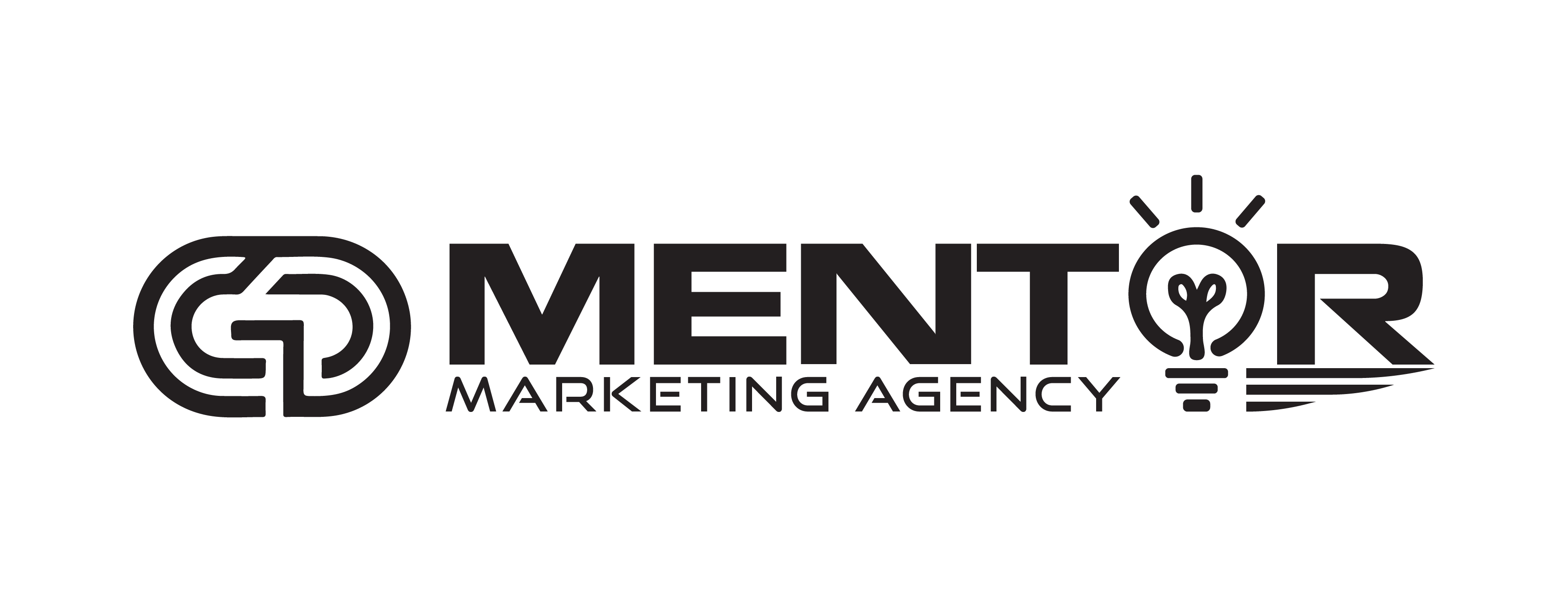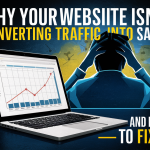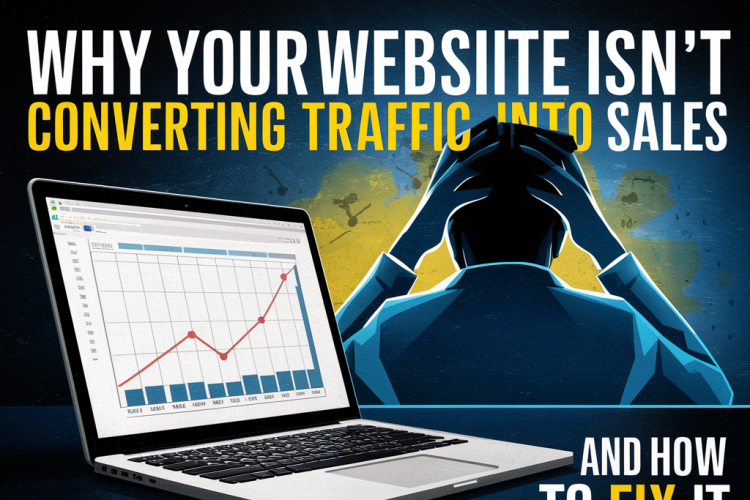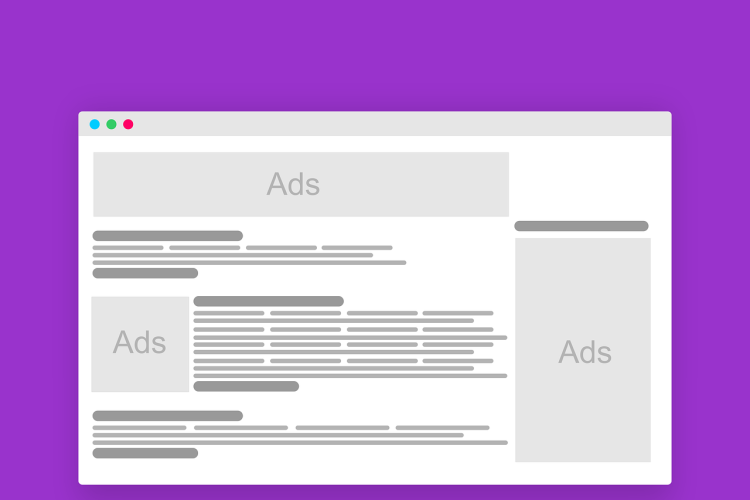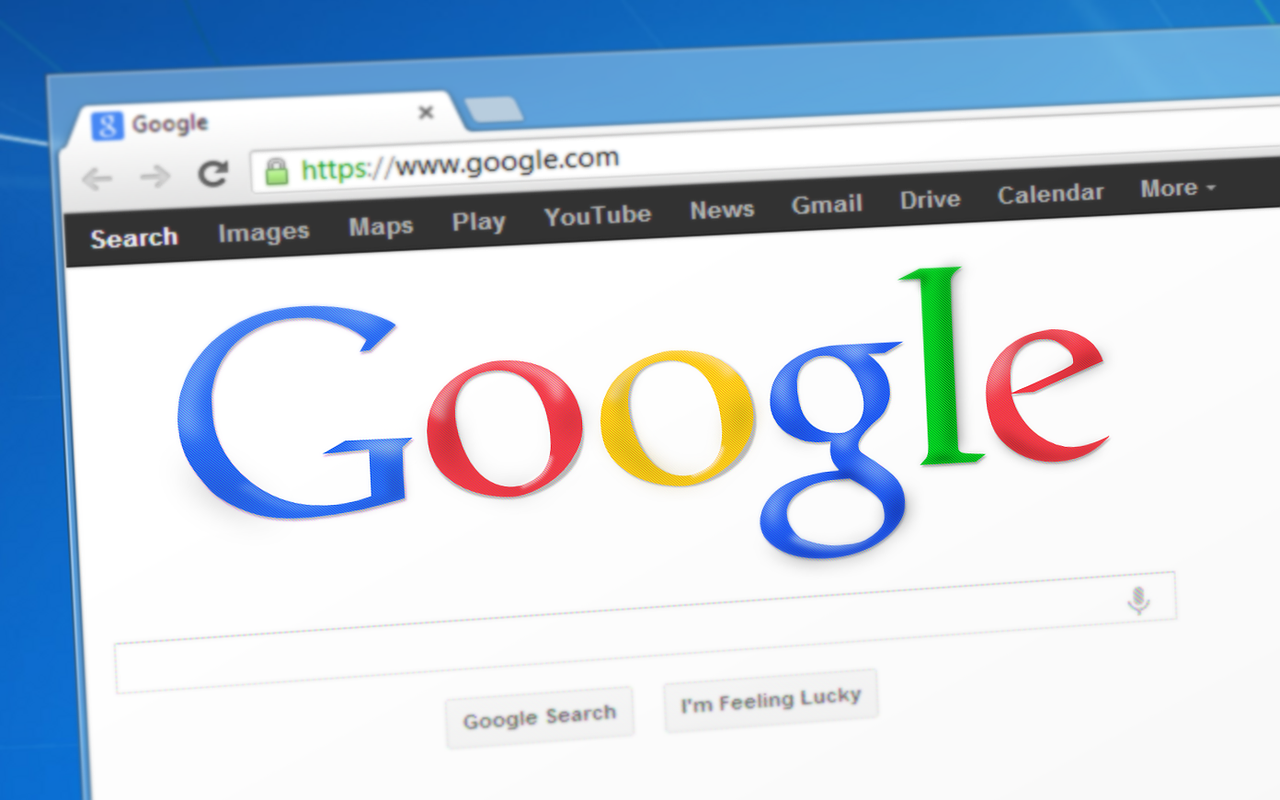
As the digital advertising landscape evolves at breakneck speed, Google Ads remains a cornerstone for businesses aiming to connect with their audiences. By 2025, advancements in AI, privacy regulations, and shifting consumer behaviors will reshape how brands leverage this powerful platform. Here’s a deep dive into the trends and predictions that will define the future of Google Ads—and how your business can stay ahead.
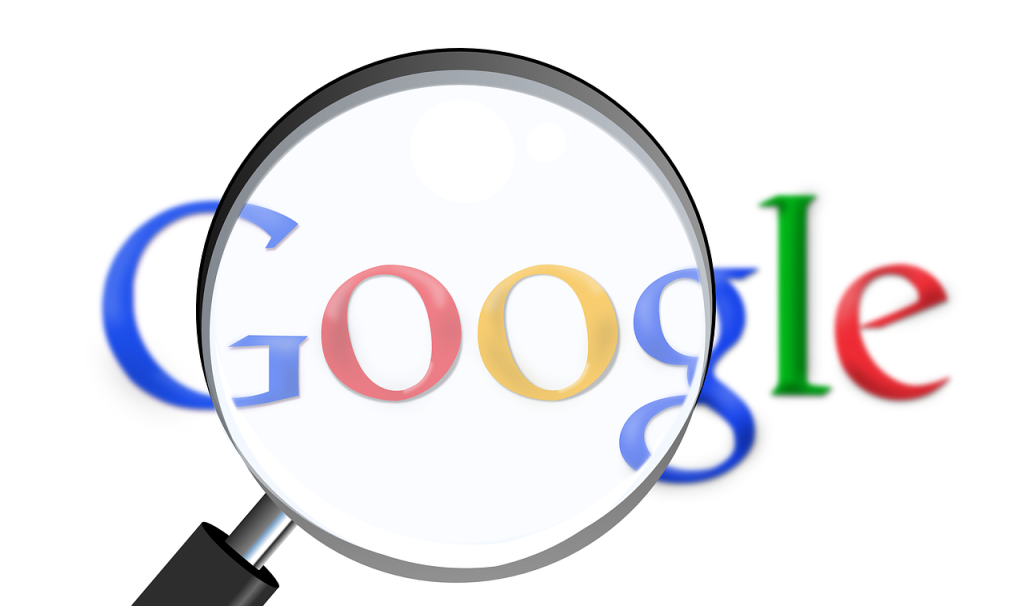
1. AI and Automation Will Rule Campaign Management
Google’s AI tools, like Performance Max and Smart Bidding, are already transforming campaign optimization. By 2025, expect:
- Fully autonomous campaigns: AI will handle everything from keyword selection to ad creative, using real-time data to maximize ROI.
- Predictive audience targeting: Machine learning will anticipate user intent, serving hyper-personalized ads based on behavior patterns.
- Creative AI: Tools like Google’s “AI-powered assets” will auto-generate ad copy, images, and videos tailored to specific audiences.
Actionable Tip: Invest time in learning Google’s AI tools now. Human oversight will still matter, but mastery of automation will be non-negotiable.
2. Privacy-Centric Advertising Will Dominate
With third-party cookies phased out and regulations like GDPR tightening, privacy will redefine targeting.
- First-party data supremacy: Businesses will rely on owned data (email lists, CRM systems) to build audiences.
- Google’s Privacy Sandbox: New solutions like FLoC (Federated Learning of Cohorts) will group users by interests without individual tracking.
- Contextual targeting resurgence: Ads will align with webpage content (e.g., sports gear ads on fitness blogs).
Prediction: Brands that transparently collect and use data will earn consumer trust—and outperform competitors.
3. Video Ads Will Command Budgets
By 2025, video will account for over 50% of Google Ads spend, driven by YouTube’s dominance and TikTok-style short-form content.
- YouTube Shorts ads: Bite-sized, vertical video ads will dominate mobile screens.
- Interactive video ads: Shoppable videos and polls will boost engagement.
- Performance Max integration: Video will play a larger role in cross-channel campaigns.
Actionable Tip: Start testing YouTube ads now. Focus on storytelling and quick hooks (the first 3 seconds matter!).
4. Voice Search Ads Will Go Mainstream
As smart speakers and voice assistants hit 8.4 billion devices globally, voice-optimized ads will surge.
- Long-tail keyword focus: Users ask questions (“Where’s the nearest vegan restaurant open now?”).
- Local SEO + Voice integration: Ads will sync with Google Assistant to answer hyper-local queries.
- Audio ads: Voice-only ads for podcasts or smart devices will emerge.
Prediction: By 2025, 30% of Google searches will be voice-based. Optimize for conversational phrases.
5. Sustainability and Ethical Advertising Will Influence Bidding
Consumers increasingly favor eco-conscious brands. Google Ads will reflect this shift:
- Green ad badges: Certifications (e.g., “Carbon Neutral”) may appear in ad labels.
- Bid adjustments for sustainability: Advertisers could bid higher to target eco-aware audiences.
- Exclusion lists: Block placements on sites promoting misinformation or unethical practices.
Actionable Tip: Highlight sustainability in your messaging and leverage Google’s “Eco-friendly” audience segments.
6. Augmented Reality (AR) Ads Will Transform Shopping
Imagine trying on sunglasses or placing furniture in your living room via Google Ads. By 2025:
- AR-powered product previews: Interactive 3D ads for e-commerce.
- Virtual storefronts: Browse products in immersive environments.
- Local AR ads: “See how this sofa looks in your home” with geo-targeted campaigns.
Prediction: Early adopters in retail, beauty, and home goods will see 20%+ higher conversion rates.
7. Hyper-Local Advertising Will Get Smarter
Building on the “near me” trend, geo-targeting will become ultra-precise:
- Store visit tracking: Measure foot traffic from ads with Google’s AI-driven metrics.
- Dynamic local ads: Auto-update promotions based on weather, events, or inventory.
- Neighborhood-level bidding: Bid higher in zones with high-value customers.
Actionable Tip: Integrate Google Ads with Google My Business and Maps for seamless local campaigns.
8. Cross-platform integration Will Be Seamless
Google Ads won’t operate in a silo. By 2025:
- Unified campaigns: Manage Google, YouTube, Display, and third-party platforms (e.g., TikTok) from one dashboard.
- Meta-verse ads: Early experiments with Google Ads in virtual worlds (think Decentraland).
- Offline conversion tracking: Link ad clicks to in-store sales or phone calls more accurately.
9. Rising Costs Will Demand Smarter Budgets
Competition and inflation will push CPCs higher. Winners will:
- Focus on quality scores: Relevance and landing page experience will lower costs.
- Prioritize high-intent keywords: Use AI to identify “ready-to-buy” search terms.
- Test new formats: Early adoption of cheaper, emerging ad types (e.g., AR or voice).
10. Ethical AI and Ad Transparency Will Be Non-Negotiable
As AI grows, so will scrutiny. Google will likely:
- Require disclosure of AI-generated content.
- Offer “Ethical AI” audits to ensure unbiased targeting.
- Enhance ad transparency tools for users to see why an ad was shown.
How to Prepare for 2025
- Upskill in AI tools: Master Performance Max and Smart Bidding.
- Build first-party data: Launch email campaigns and loyalty programs.
- Experiment early: Test video, voice, and AR ads now.
- Audit for sustainability: Align messaging with eco-values.
Conclusion
The future of Google Ads is a blend of cutting-edge technology, ethical responsibility, and hyper-personalization. Businesses that embrace AI, prioritize privacy, and experiment with immersive formats will dominate in 2025. While automation will streamline processes, human creativity, and strategic thinking will remain irreplaceable. Stay curious, stay agile, and start future-proofing your campaigns today.
Final Thought: The brands that thrive won’t just adapt to change—they’ll anticipate it. Are you ready?
